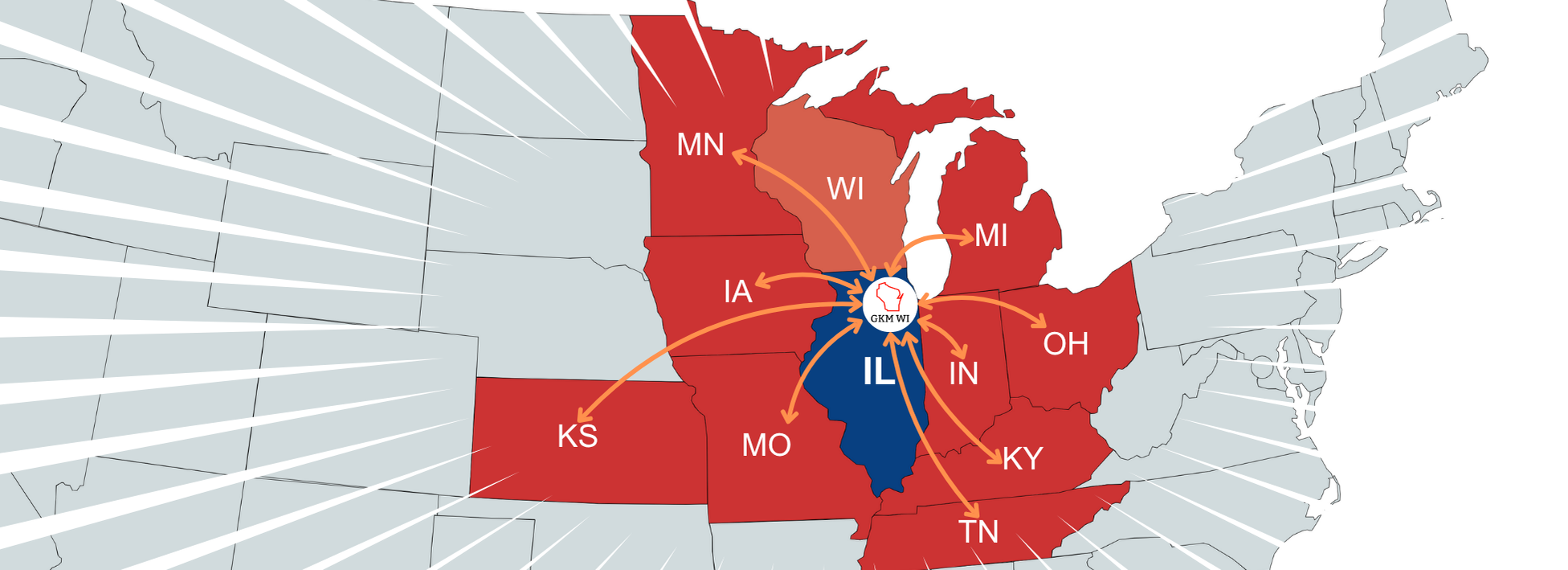The GKM WI TEU Intermodal Circuitous Platform, which revolutionized how companies manage their global supply chains from the tower, has caught the attention of Departments of Transportation in surrounding states.
Behind the Platform’s Success
There are many reasons companies attend information sessions to learn more about the Platform. Chief among these is the need for more visibility and better practices to monitor variable costs associated with servicing TEUs.
Exporters seek to reduce assessorial and other fees that are invoiced by forwarders for door-to-door services. Additionally, costs associated with delays entering or leaving Joliet can become excessive when backlogs occur.
Importers also face congestion when TEUs are delivered to Joliet. When containers are drayed to “origin” or “destination,” many companies pay a two-way rate. This and other accrued costs make it difficult to manage TEU flows and expenses.
Finally, importers and exporters that use traditional methods to transport TEUs to “door” or “inland port” lack visibility. This limits options to implement corrective actions that may reduce costs related to detention, per diem, or demurrage.
A Decade of Transportation Success
Not only does the GKM Wisconsin TEU Platform solve all the problems above, but it also gives importers the ability to remove products from the 53′ trailer and integrate units directly into inventory without additional sorting or handling.
Since the Platform launched 11 years ago, every company that has onboarded is still a client. Over the same period, there haven’t been any incidents resulting in damage during the transfer process, pallet builds per client specification, or delivering goods to the final destinations.
Even better, in 2024, we introduced “Inter-mode Direct.” A unique modality that eliminates the need for TEUs to travel into and out of Wisconsin. Because of its documented success, GKM is expanding the Platform to include TEU flow-analytics, management, and transload services for companies that import or export products in Kansas, Michigan, Missouri, Iowa, Indiana, Kentucky, Minnesota, Ohio, and Tennessee.


Comments are closed